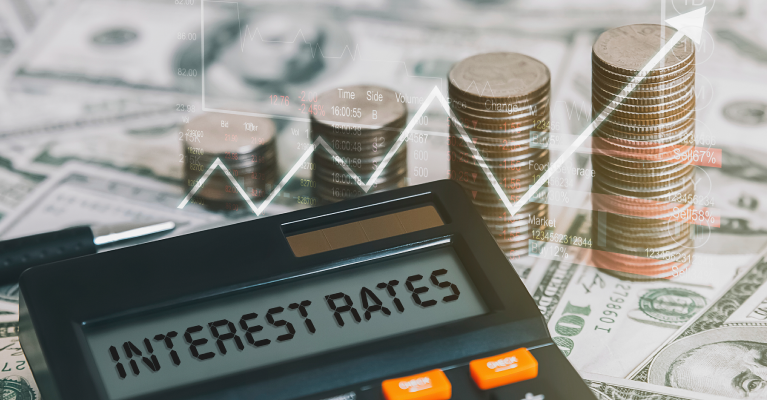Three Important Factors to Consider When Investing in Today’s Fixed Income Market

Interest rates have been on the rise since early last year when the Federal Reserve began raising the federal funds rate that now sits at roughly 5.00%. Investors have been looking to take advantage of today’s interest rate environment and add additional income to their coffers.
And rightfully so. Opportunities certainly exist, although they can be overwhelming given the vast array of fixed income choices. Here are three important fixed income factors to consider when determining the most suitable investments to fit your needs.
Taxable versus tax-free municipal investments
Tax free municipal bonds are popular for investors with a high marginal tax rate. As the name implies, the income generated from these bonds are exempt from federal income taxes. The higher the marginal tax rate the more tax savings for the investor, leading to a larger share of the income generated from the investment. State income tax benefits are also possible but are normally limited to those who reside in the same state as the municipal bond issuer.
One important yield characteristic to be aware of is that tax-free purchase yields are likely much lower compared to similar taxable bonds due to the tax benefit. For this reason, when comparing taxable and tax-free bonds investments it is best to refer to the taxable equivalent yield that will account for the preferential tax treatment of tax-free municipal bonds. It will make the yield comparison more apples to apples.
Short versus longer maturities
The U.S. Treasury yield curve today is higher relative to one year ago – a big positive for income. Recently, short-term yields have outpaced longer-term yields, meaning an investor can earn more income by investing in a 1-month U.S. Treasury security compared to investing a 10-year U.S. Treasury security. Using some bond jargon, this part of the yield curve is inverted.
Mistakenly, investors often assume the higher yield on the short-term security is a much better investment. But that is not necessarily so. It is highly likely that short-term yields head lower over time, leading to a much lower reinvestment yield when the security matures. For this reason, having a mix of higher yielding short maturities combined with lower yielding intermediate maturities may be appropriate so that the investor isn’t constantly reinvesting maturities in a potentially lower yielding environment.
U.S. Government versus investment grade corporate bonds
U.S. government bonds are viewed as having virtually no credit risk. Any dollar invested will be returned at maturity making U.S. government securities a compelling bond investment for risk averse investors.
For comparison, corporate bonds have embedded credit risk but additional yield to compensate for default risk.
Corporate defaults are generally low but do occur. Higher occurrences normally accompany lower credit quality issuers which is why investors should pay attention to the credit rating of the issuer.
Diversification also helps reduce risk by limiting the amount of concentration in any one company. For investors, having a mix of both U.S. government and investment grade corporate bonds provides a good balance between higher yielding assets while also maintaining a high-quality bond portfolio.
Although not an exhaustive list, the above factors provide some guidelines when constructing portfolios and navigating today’s fixed income markets. Narrowing down the fixed income options while tailoring to one’s unique needs will better position the portfolio to take advantage of today’s benign interest rate environment. Earning income in a thoughtful manner better positions the portfolio for ongoing success!

Helping you boost your financial intelligence.
Read our financial resources from your friends at WSFS.



